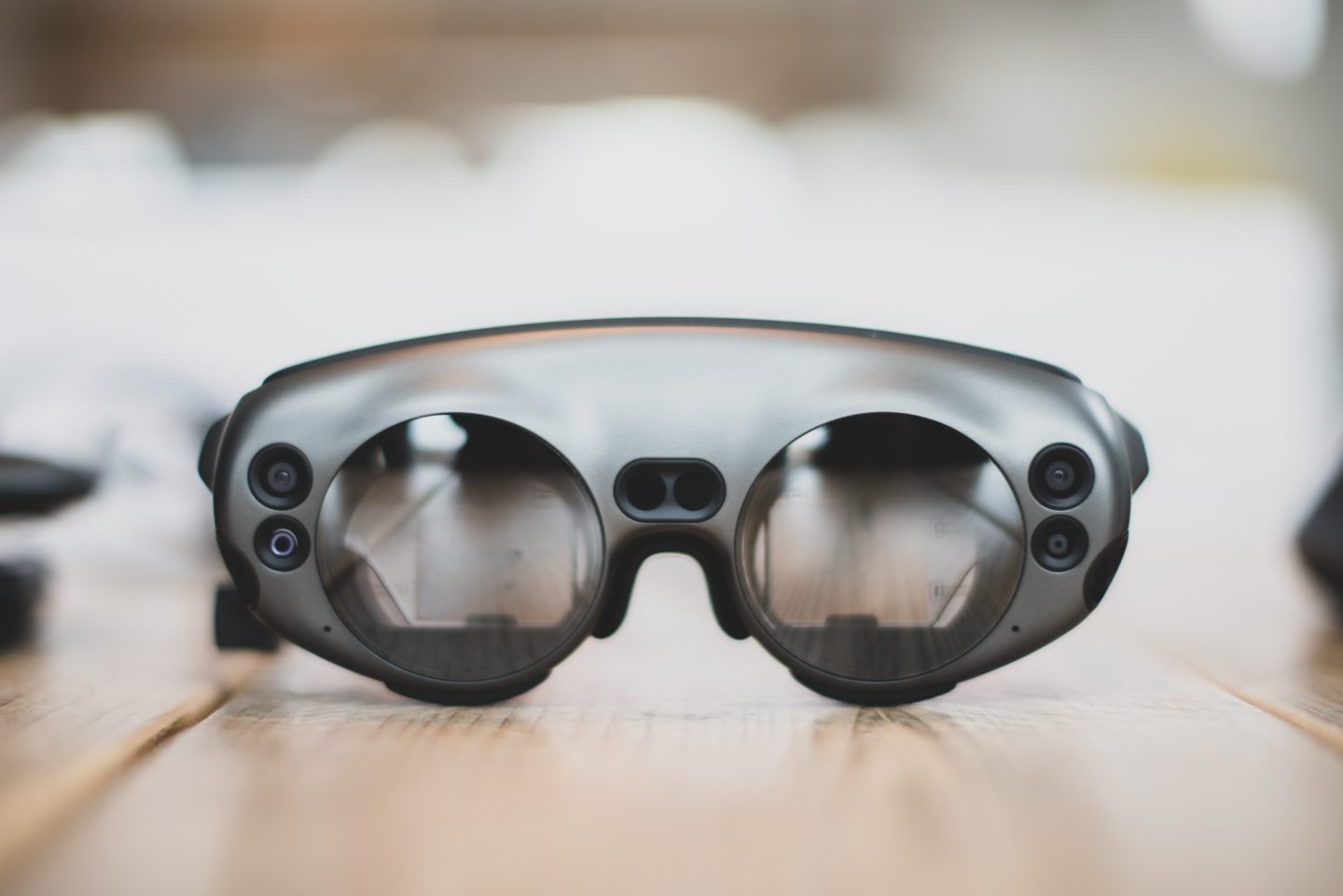Remote Learning
When it comes to remote learning I think that augmented reality may be the best technological tool to use. AR allows the student to access various locations, environments, information and resources that will enhance the overall educational experience despite being remote. As Bates (2019) suggests, “Virtual and augmented reality applications can provide students with a deep, intuitive understanding of phenomena that are otherwise difficult if not impossible to achieve in other ways”. The fact that learning is done in a remote location does not mean that the experience cannot be as meaningful and impactful. When I think of AR I cannot help but think of its use in a university or upper secondary level, but do wonder what the implications would be if it were introduced to a younger audience, like elementary school-aged students. I think that bringing the House of Commons and Parliament buildings via AR to students in grade 5 or the pyramids and other ancient artifacts from Greece, Asia and Mexico to grade 7 students, that the learning could be even more amazing and impactful. Obviously there are limitations to this in the public schools systems that do not have endless supplies of funds or infrastructure, but the idea of bringing in AR to enhance learning is worth researching.


Bates, T. (2019). Teaching in a digital age: Guidelines for designing teaching and learning (second edition). British Columbia: SFU Document Solutions.
Dear Roy Styles,
Hello. Augmented reality is for sure a fascinating and informative ed tool that brings reality into the virtual classes. I think, its use for primary and elementary classes will bring amazing results as it is based on real life experiences and visual effects. Rightly said by you, augmented learning makes the learner curious about the topic and its details, which enhances reasoning, thinking, and imagination in the learners. Funding from the government and hi-tech companies can help to make it accessible to the wider population.
Take Care.
Gagan
Hi Roy,
Thank you for sharing. You raise a few good points and we know that resources and PD are genuine hurdles. Have you heard of any educators using AR or VR in their teaching in the district and it went for them?
Best,
Joe
Hi Joe,
I have not heard of any elementary educators using this type of technology in classrooms, in fact, I rarely hear of any technologies being used that are more advanced in this fashion across the district. I imagine that there are in certain pockets but it is really concerning that these stories are not being shared. The article discussing about how to start is telling because I believe that is the hurdle at this point. How do we get this type of technology going in schools and who is brave enough to give it a shot, knowing that being the first to try will present many difficulties.
Hi Roy:
I also think that AR makes a very good remote learning tool. I understand that most of the AR on the market now only targets games, because the audience is the widest. However, there are not many AR developments for teaching. I hope to see more interesting educational AR software developed in the future and then used in practical teaching.
Thank you
hi Roy,
I do think that Chromebook is an app that is easy to learn, it makes our learning more effective. I very much agree with what you said that the intervention of technology makes it more challenging for educators to balance course delivery, because not everything can be added with technology. I think that students have grown to be technically minded people who want to make the most of their enthusiasm and interest when using equipment, so it is important to establish boundaries and rules to help eliminate the occurrence of dependence.
Jasmine